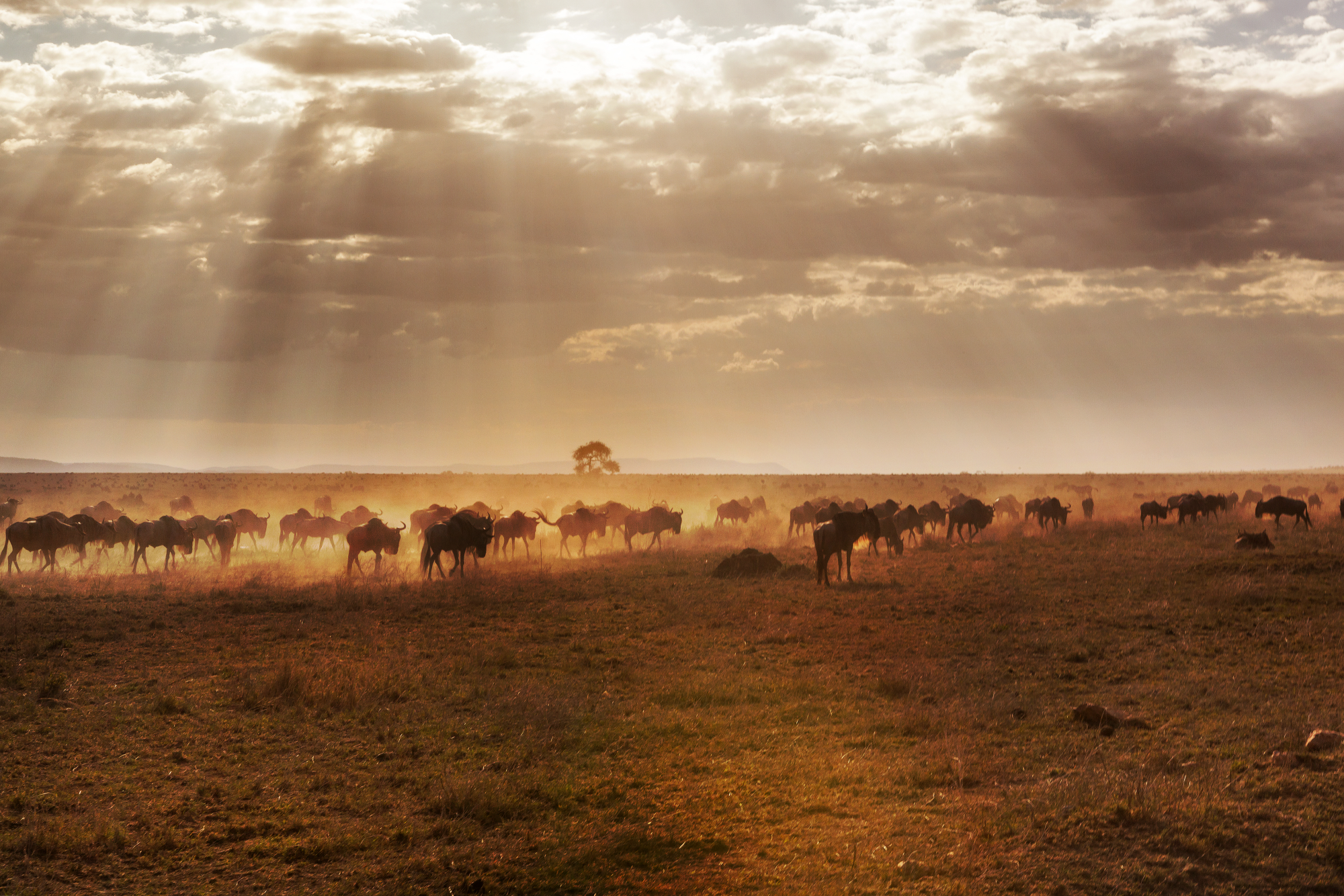From seeing to saving: How rhinoceros-based tourism in north-west Namibia strengthens local stewardship to help combat illegal hunting
Wildlife tourism, particularly focused on endangered species, has become a significant draw for tourists worldwide. However, evidence supporting the assumption that tourism directly benefits conservation efforts, especially by fostering local stewardship, has been limited. A long-term case study from northwest Namibia offers a compelling example of how community-based wildlife tourism, when designed with local values and institutions in mind, can successfully enhance both conservation outcomes and community well-being.
Between 2012 and 2018, a community-led rhinoceros conservation tourism model in Namibia saw impressive results. Tourists visiting the region to view black rhinoceroses, guided by local rangers, led to a dramatic 200% increase in participation and revenue, generating over USD $1,000,000 in the six-year period. This success was mirrored by a 340% increase in the employment of local “Rhino Rangers,” showing that the tourism model created sustainable jobs and reinvestment in wildlife protection.
The key to this success was the integration of local community institutions that directly benefited from and supported the tourism efforts. Communities with higher financial returns from rhinoceros tourism demonstrated stronger reinvestment in conservation, creating a positive feedback loop. Moreover, the increase in local stewardship correlated with a significant reduction in illegal hunting, further proving the efficacy of this model.
This Namibia-based case study underscores the potential of wildlife tourism when carefully designed to include community engagement and empowerment. It highlights how tourism can be a powerful tool for conservation, benefiting both endangered species and the communities that help protect them.

